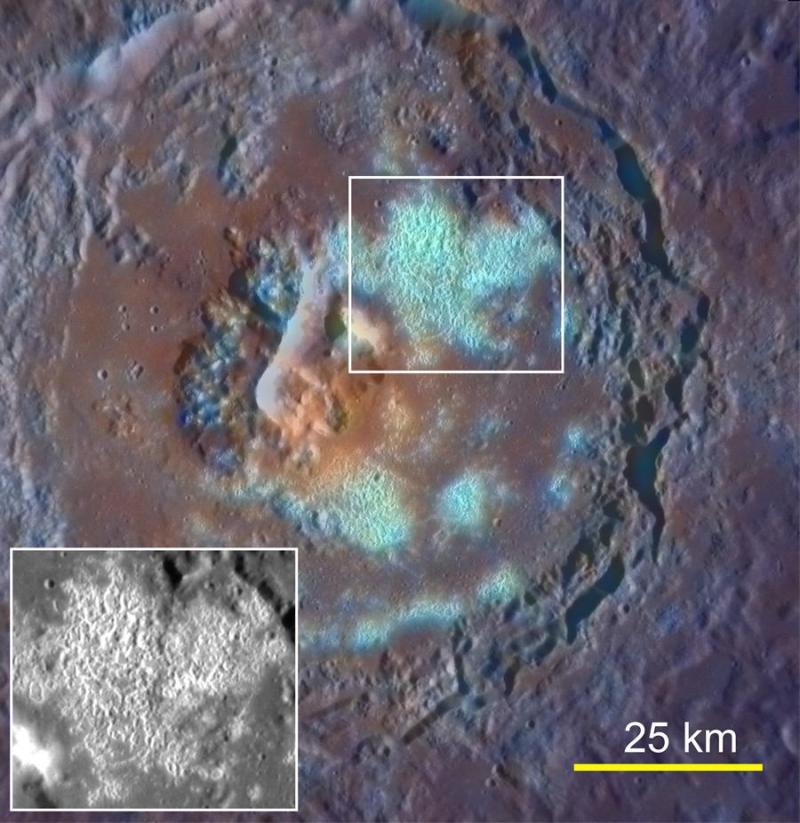We're open daily! View holiday hours
Science News
Mercury Spotlight
September 30, 2011

Mercury is feeling heat from the spotlight this week as multiple papers and a press conference focus on the innermost and smallest planet in our solar system.
NASA’s MESSENGER spacecraft entered orbit around the planet in March and the data it’s returning to our planet are stunning scientists.
MESSENGER researcher David Blewett is quoted in Nature News:
Mercury is weird; everything about it is weird. We don't know what kind of rocks it's made of, we don't know its color and it's not depleted of volatiles like everyone thought.
There are seven papers published in this week’s Science about the crater-ridden planet. The one garnering the most press seems to be about one of the weirdest features MESSENGER has revealed—hollows.
Crater-like in appearance, these hollows are found in groups throughout the planet and have a fresh appearance, indicating that they are relatively young. Science News explains further:
The pits resemble sunken Swiss cheese holes — smooth, rimless depressions that vary in size between several meters and a few kilometers across. Irregularly shaped, the clustered hollows don’t look purely volcanic in origin, but instead make some areas appear as though the planet’s innards are leaking away.
And perhaps, given the harsh conditions on Mercury, that’s exactly what is happening to planet’s interior.
The harsh conditions? Heat (obviously!), volcanism and solar winds.
New data from the orbit show a huge expanse of volcanic plains surrounding the north polar region of Mercury. These continuous smooth plains cover more than 6% of the total surface of Mercury! Researchers liken these deposits to flood lavas, huge volumes of solidified molten rock similar to those found in the few-million-year-old Columbia River Basalt Group, which at one point covered 150,000 square kilometers (60,000 square miles) in the northwest United States. “Those on Mercury appear to have poured out from long, linear vents and covered the surrounding areas, flooding them to great depths and burying their source vents,” says John Head of Brown University and lead author of one of the studies.
Another study reveals how solar winds seem to be sandblasting Mercury’s poles, stirring up all kinds of charged particles in a reaction similar to, but harsher than, Earth’s auroras. From Universe Today:
While Mercury does have a magnetosphere, compared to Earth’s it is relatively weak. Given Mercury’s weak magnetosphere and close proximity to the Sun, the effects of the solar wind have a more profound effect.
“Our results tell us is that Mercury’s weak magnetosphere provides very little protection of the planet from the solar wind,” [lead author Thomas] Zurbuchen said.
But wait, there’s more. At the press conference MESSENGER’s principal investigator Sean Solomon declared, “And we've only just begun. Mercury has many more surprises in store for us as our mission progresses.”
Image: Science/AAAS